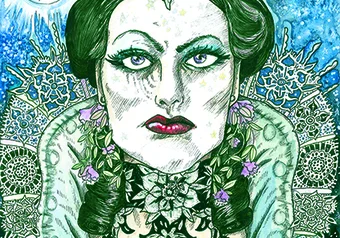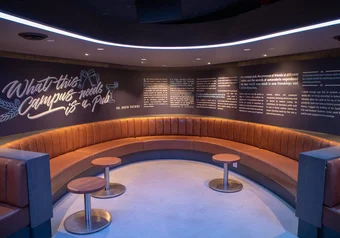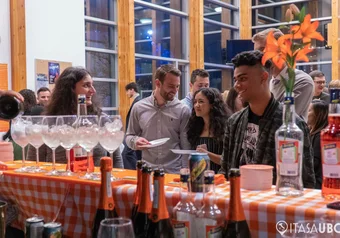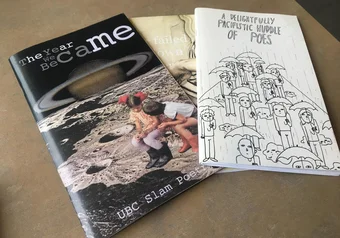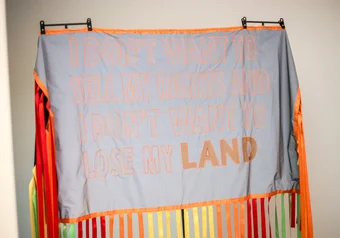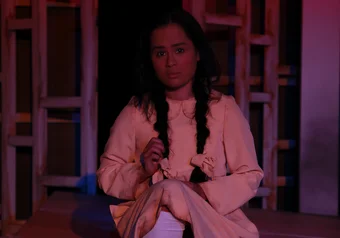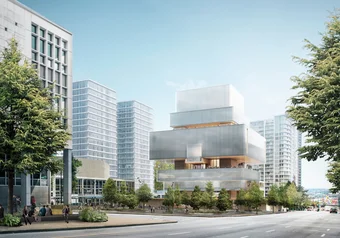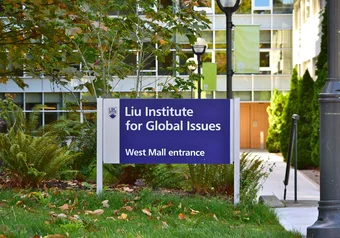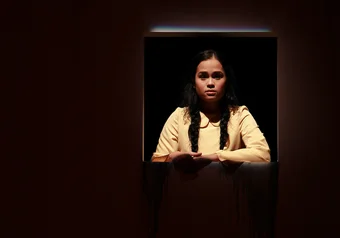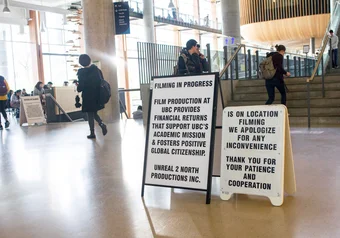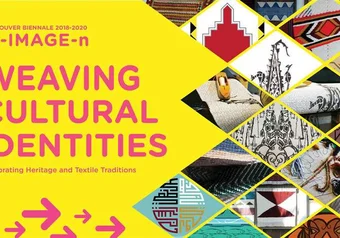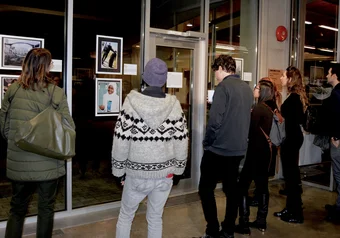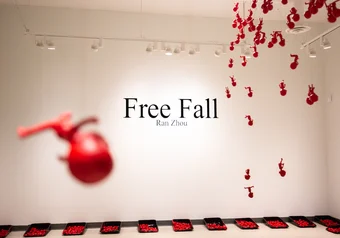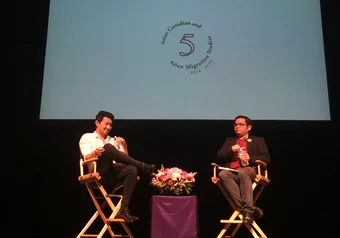As someone who doesn’t consider herself particularly ‘cultured’, I can understand why students may choose to shy away from attending lengthy operas. But opera can and should be for everyone, not just for snobs!
Search the Archive
While it may seem odd that Suzuki was in attendance, he is attributed to building the foundations that started the student bar. In a UBC Reports article from 1968, Suzuki advocated for a pub on campus in order to break down boundaries between students and faculty.
Despite growing pains, ITASA has been extremely successful in building relationships and working collaboratively with UBC student associations, outside organizations and surprisingly, the Italian Consulate in Vancouver.
She noted published and unpublished works are welcome, but Slam prefers unpublished work “just for the sake of encouraging people to keep writing new things.”
The real emotional power of this exhibit comes after context has been achieved. Several pieces highlight the essence of Hexsa’am, where the viewer is granted a window into what this entire exhibit is about: the land.
Don’t let hoity-toity artists and their fancy explanations littered with academic jargon and Old English trick you into thinking that you can’t go and enjoy whatever they’re offering.
It felt personal — intensely so. It left me feeling like I was witnessing moments that didn’t belong to me, while also stirring up thoughts and feelings that didn’t belong to anyone but me.
There is no doubt that the extension of the Chan name will lend further credibility and prestige to the Chan Centre for Performing Arts at UBC.
One panelist explained that making radical changes within an established organization is difficult, but students can decide not to participate and continue to learn and spread knowledge about the topic.
“[Michelle] was always repeating to us ‘We’re creating a safe space where dangerous things can happen, not a dangerous space where safe things can happen,’” said Paskalidis.
There is a certain charm to campus with its high towers, ivy-covered buildings and tree-lined streets that make directors and producers flock to the university. According to Chan, the more popular locations to shoot are Main Mall, Cecil Green College, Thunderbird Stadium and the Chan Centre for the Performing Arts.
According to Laloo, for this project, artists from different backgrounds were brought together with the idea to create pieces out of textile or weaving, all designing their concept of a “prayer rug.”
The exhibition was the result of a year-long PhotoVoice project facilitated by UBC PhD candidate and Public Scholar Neila Miled. It featured a collection of photographs taken by ten young Muslim women, displaced from their home countries, who now live and study in British Columbia.
The name Free Fall conveys a sense of institutional nonchalance while the piece, according to Zhou, is more about overwhelming control.
Liu made a gracious effort in answering our questions and discussing the need for diaspora representation — the representation of POC in countries outside their country of ethnic origin. He also jokingly asked the audience why we couldn’t give him easier questions, like whether Shannon and Jung were ever going to get together.


